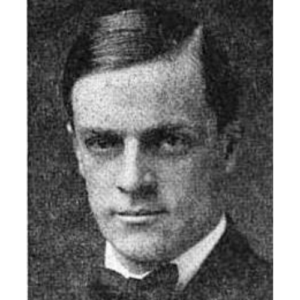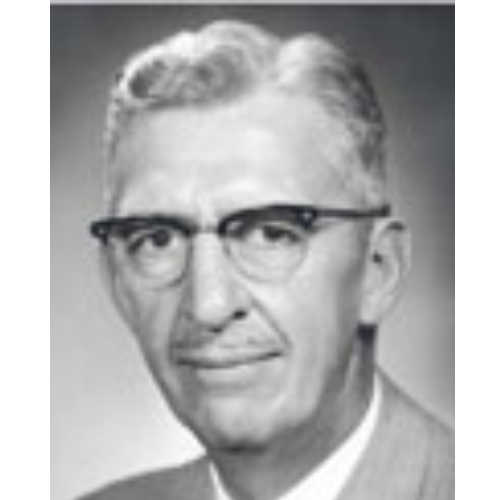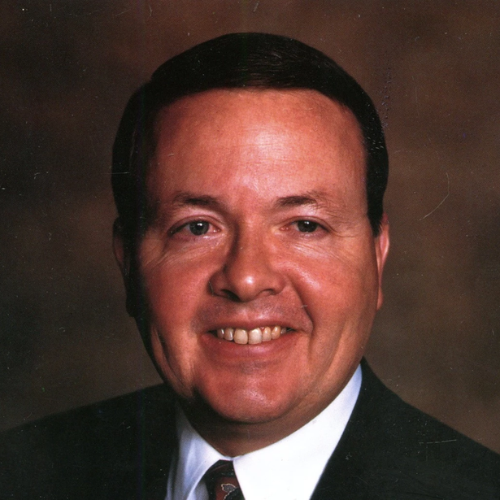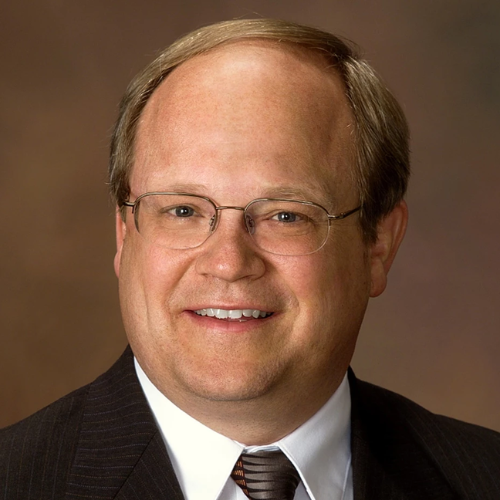Church Leaders as Prophets in the Latter Day Saint Movement
Church leaders have always played a central role in the Restoration tradition, with most denominations viewing their leaders as prophets who guide their communities through modern and continuing revelation. This principle—God’s ongoing communication with humanity—is a cornerstone of the various denominations within the Mormon diaspora and one of the key beliefs uniting them. However, the ways in which denominations view and practice prophetic leadership vary significantly, reflecting the diversity within the movement.
Despite these differences, most of the traditions honor the concept of living scripture and continuing revelation, affirming that God’s presence remains active in guiding faith and mission today. These shared values reflect the enduring legacy of the Latter Day Saint tradition, even as each denomination interprets and applies them in unique ways.
Early Church
One of Joseph Smith’s foundational contributions to the Latter Day Saint movement was the reintroduction of modern prophets, which he saw as a key element of Biblical Christianity missing from the Christian denominations of his day. For Joseph, the prophetic ministry was not limited to ancient times but was meant to be a living and dynamic part of God’s ongoing work in the world. He believed that just as prophets like Moses, Isaiah, and Peter guided God’s people in their respective eras, modern prophets were essential to provide divine guidance for contemporary challenges.
Joseph’s effort to “restore” this principle was rooted in his belief that Christianity had strayed from its original form, losing the direct communication between God and His people through chosen prophets. In Joseph’s view, this loss led to confusion and division among Christian churches. His revelations, many of which are preserved in the Doctrine and Covenants, emphasized the role of prophets in interpreting scripture, organizing the church, and receiving new guidance tailored to the needs of the time.

Joseph Smith, Jr.
Joseph Smith Jr. (1805–1844) was the founder of the Latter Day Saint movement and the primary author of many sections of the Doctrine and Covenants. As a prophet, he received revelations addressing theological principles, church governance, and practical guidance for early church members. These revelations, recorded between 1828 and 1844, form the foundation of the Doctrine and Covenants. Smith’s work reflects his belief in ongoing communication with God, emphasizing the Restoration of Christ’s original church.
CofChrist Joseph Smith Era Sections
LDS Joseph Smith Era Sections
MLA Joseph Smith Era Sections
Community of Christ (RLDS)
In Community of Christ, prophets and continuing revelation have long been central to the church’s identity, reflected in the evolving collection of the Doctrine and Covenants. Historically, the church emphasized “a people with a prophet,” with its prophet-presidents authoring sections of scripture that provided guidance for the church’s spiritual and organizational development. Over time, this understanding has expanded to include the concept of a “prophetic people,” encouraging all members to participate in discerning God’s will. Recent sections of the Doctrine and Covenants highlight themes of peace, justice, inclusivity, and environmental stewardship, reflecting the church’s mission to embody Christ’s vision in a modern, global context. This ongoing process underscores the Community of Christ’s belief that revelation is dynamic and responsive to the needs of the world.

Joseph Smith III
Joseph Smith III (1832–1914), son of Joseph Smith Jr., served as the first prophet-president of the Reorganized Church of Jesus Christ of Latter Day Saints (now Community of Christ). He led the church for over 50 years, shaping its identity and mission through a focus on peace, justice, and community. As a prophet, he contributed several sections to the Doctrine and Covenants, emphasizing practical guidance for church governance and the church’s call to be a movement for peace and reconciliation.

Frederick M. Smith
Frederick M. Smith (1874–1946), grandson of Joseph Smith Jr., served as the prophet-president of the Reorganized Church of Jesus Christ of Latter Day Saints (now Community of Christ) from 1915 to 1946. Known for his academic background and administrative vision, he authored several sections of the Doctrine and Covenants that focused on social justice, economic stewardship, and strengthening the church’s organizational structure. His contributions reflect a commitment to applying the gospel to modern social and economic issues.

Israel A. Smith
Israel A. Smith (1876–1958), son of Joseph Smith III, served as the prophet-president of the Reorganized Church of Jesus Christ of Latter Day Saints (now Community of Christ) from 1946 to 1958. His leadership focused on spiritual growth, global outreach, and the church’s evolving identity. Israel authored several sections of the Doctrine and Covenants, emphasizing unity, faithfulness, and the call to live Christ’s teachings.

W. Wallace Smith
W. Wallace Smith (1900–1989), son of Israel A. Smith, served as the prophet-president of the Reorganized Church of Jesus Christ of Latter Day Saints (now Community of Christ) from 1958 to 1978. His leadership was marked by significant milestones, including the church’s international expansion and the construction of the Temple in Independence, Missouri. W. Wallace authored several sections of the Doctrine and Covenants, focusing on the church’s global mission, priesthood inclusion, and spiritual renewal.

Wallace B. Smith
Wallace B. Smith (1929–), son of W. Wallace Smith, served as the prophet-president of the Reorganized Church of Jesus Christ of Latter Day Saints (now Community of Christ) from 1978 to 1996. His tenure was transformative, marked by groundbreaking steps in inclusivity, including the ordination of women to the priesthood and the emphasis on peace and justice. Wallace B. authored several sections of the Doctrine and Covenants, addressing these changes and guiding the church toward a global and inclusive mission.

W. Grant McMurray
Grant McMurray (1947–2021) served as the first non-family prophet-president of the Community of Christ from 1996 to 2004. His leadership was marked by a strong emphasis on inclusivity, global mission, and the church’s role in promoting peace and justice. Grant authored several sections of the Doctrine and Covenants, focusing on themes of spiritual formation, diversity, and the church’s call to be a prophetic people.

Stephen M. Veazey
Stephen M. Veazey (1957–) has served as the prophet-president of Community of Christ since 2005. His leadership emphasizes spiritual formation, social justice, environmental stewardship, and Christ’s mission of peace and reconciliation. Stephen has authored multiple sections of the Doctrine and Covenants, guiding the church through important steps such as affirming the worth of all people, expanding its understanding of discipleship, and addressing global concerns. His ministry reflects a commitment to continuing revelation, inviting the church to embrace its mission as a diverse, inclusive, and Christ-centered community.

Stassi D. Cramm
Stassi Cramm, the prophet-president elect of Community of Christ, is set to become the first woman to hold this sacred office. Known for her deep spiritual insight and leadership as a member of the First Presidency, she has played a significant role in guiding the church’s mission of peace, justice, and inclusivity. While Stassi has not yet authored any sections of the Doctrine and Covenants, her election marks a historic moment, and it is anticipated that her ministry will bring new additions to the Doctrine and Covenants to inspire and shape the church’s future. Her leadership reflects the church’s ongoing commitment to continuing revelation.
Church of Jesus Christ of Latter-day Saints (LDS)
In The Church of Jesus Christ of Latter-day Saints, prophets are seen as the mouthpiece of God, receiving revelation to guide the church and its members. This belief in ongoing revelation is foundational to the LDS understanding of God’s relationship with His people. While the Doctrine and Covenants contains many early revelations from Joseph Smith, subsequent sections and official declarations have been added by later prophets. However, not every president of the church has contributed new revelations to this canon. Revelations are added only when they address significant doctrinal or organizational matters, such as the Manifesto ending plural marriage or the 1978 revelation extending priesthood to all worthy men.

Brigham Young
Brigham Young (1801–1877), the second president of The Church of Jesus Christ of Latter-day Saints, played a pivotal role in leading the church following Joseph Smith’s death. Known for guiding the Saints to the Salt Lake Valley and establishing Utah as the church’s center, Brigham Young’s leadership also included doctrinal contributions. He authored Section 136 of the Doctrine and Covenants, offering guidance to the pioneers as they prepared for their westward journey. This revelation emphasized unity, faith, and organization

Wilford Woodruff
Wilford Woodruff (1807–1898), the fourth president of The Church of Jesus Christ of Latter-day Saints, is best known for issuing the 1890 Manifesto, recorded as Official Declaration 1 in the Doctrine and Covenants. This declaration marked the church's official discontinuation of the practice of plural marriage, a pivotal moment in its history. Wilford’s leadership emphasized spiritual growth, temple work, and aligning the church with societal expectations to ensure its survival and prosperity.

Joseph F. Smith
Joseph F. Smith (1838–1918), the sixth president of The Church of Jesus Christ of Latter-day Saints, is remembered for his profound doctrinal contributions and emphasis on family and temple work. He authored Section 138 of the Doctrine and Covenants, a vision of the afterlife received shortly before his death in 1918. This revelation provided insights into the spirit world, emphasizing Christ’s ministry to the dead and the ongoing work of salvation.

Spencer W. Kimball
Spencer W. Kimball (1895–1985), the twelfth president of The Church of Jesus Christ of Latter-day Saints, is best known for his compassionate leadership and commitment to equality. He issued Official Declaration 2, included in the Doctrine and Covenants in 1978, which extended the priesthood to all worthy male members regardless of race. This landmark revelation ended a long-standing restriction and emphasized the universality of God’s love and blessings.